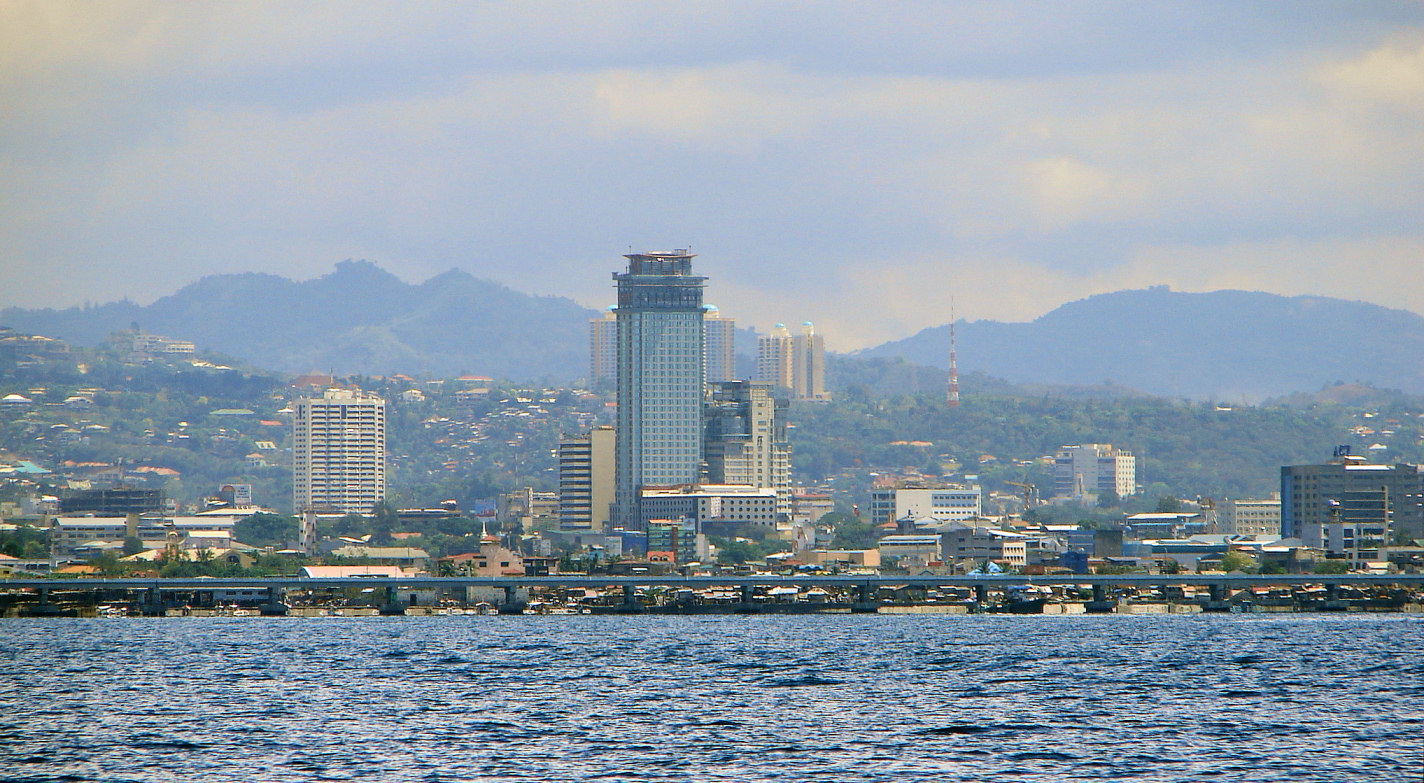MANILA – The multiple shocks that hit the Philippines, including the coronavirus health crisis, will likely shrink the economy by 8.1 percent this year, but sustained improvements in managing the pandemic and a possible rebound in the global economy can help the country recover in 2021 and 2022.
These are among the key findings of the Philippines Economic Update (PEU) released Tuesday by the World Bank.
The current economic forecast is a revision from the -6.9 percent World Bank forecast in October, resulting from the deep contraction in the third quarter and the extensive damage and losses suffered by the country from the typhoons and floods in November.
“The series of natural disasters that hit the country while we are battling the pandemic highlights the importance of mainstreaming disaster risk reduction and climate change adaptation into policy and planning,” said Ndiame Diop, World Bank Country Director for Brunei, Malaysia, Thailand and the Philippines. “While the Philippines is financially resilient, stronger coordination, execution and implementation will help further improve social and physical resilience to frequent shocks.
”
Typhoons Rolly, Siony, and Ulysses that hit the country in November in just a span of two weeks have brought devastation to a large swath of Luzon, further darkening this year’s growth outlook.
Economic activities across the country frozen by quarantine measures and the global recession will also likely contract the economy in 2020, temporarily reversing gains made in poverty reduction in recent years.
Prior to these disaster events, the economy had already posted a 10-percent contraction in the first three quarters, the worst since the 1985 debt crisis, due to a plunge in private domestic demand, deep contraction in investment activities, and weak exports.
Private consumption, which accounts for two-thirds of the Philippine economy, has declined at a record pace because of high unemployment and falling incomes.
The PEU says the pandemic and natural disasters threaten to reverse the trend of a steady decline in poverty in recent years.
Results of a coronavirus disease 2019 (Covid-19) impact monitoring survey conducted in August 2020 show about 40 percent of households reporting a fall in income.
Entrepreneurial income reportedly declined particularly among households engaged in non-farm business.
Remittances from abroad, a lifeline for many Filipino families, were reported to have fallen for two in five households that receive remittances, according to the survey.
As a result, poverty is estimated to increase from 20.5 percent in 2019 to 22.6 percent in 2020. This is measured against the World Bank lower middle-income poverty line of USD3.2 per day.
The PEU expects the Philippines to recover in the next two years, assuming continuing improvements in bringing down virus transmission.
Policymakers are gradually allowing more industries to resume operations, thus reviving jobs and incomes, and boosting private consumption. This will help the economy bounce to a 5.
9-percent growth in 2021 and 6.0 percent in 2022.
“While addressing the pandemic, the country needs to sustain focus on the structural reform agenda,” said Rong Qian, World Bank senior economist. “Speeding up reforms that improve the business environment, foster competition, and strengthen resilience against natural disasters will support the economic recovery and boost productivity growth in the long term.”
The PEU’s current forecasts hinge on China’s early recovery, alongside the expected rebound in the global economy in 2021, which will allow for export growth to recover, and larger remittance inflows to stimulate domestic demand.
The government is expected to ramp up its infrastructure spending starting in the fourth quarter of 2020, creating jobs in the construction sector.
Pre-election activities in the run-up to the national election in 2022 will give an additional boost to demand as early as in the second half of 2021.

